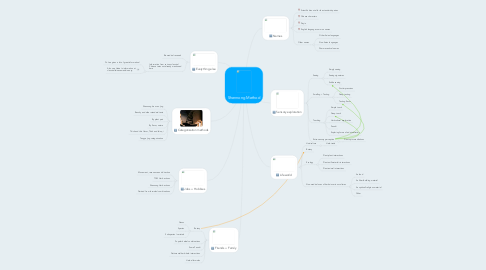Shennong Method
作者:Eric Grey


1. Friends + Family
1.1. Botany
1.1.1. Genus
1.1.2. Species
1.1.3. Subspecies / varietals
1.2. Popular herbal combinations
1.3. Some Paozhi
1.4. Detrimental herb-herb interactions
1.5. Herbal formulas
2. Jobs + Hobbies
2.1. Movement, resonance and direction
2.2. TCM Herb actions
2.3. Shennong Herb actions
2.4. Derived from formulas/combinations
3. Categorization methods
3.1. Shennong ben cao jing
3.2. Bensky and other standard texts
3.3. By plant part
3.4. By flavor, nature
3.5. Thick and thin flavor, Thick and thin qi
3.6. Tangye jing categorization
4. Everything else
4.1. Biomedical research
4.2. Information from various classical Chinese texts not already mentioned here
4.2.1. Dr. Lee gives a lot of great information!
4.2.2. Also see Heiner's information at classicalchinesemedicine.org
5. Names
5.1. Scientific binomial for the standard species
5.2. Chinese characters
5.3. Pinyin
5.4. English language common names
5.5. Other names
5.5.1. Other Asian languages
5.5.2. Non-Asian languages
5.5.3. Pharmaceutical names
6. Sensory exploration
6.1. Seeing
6.1.1. Simply seeing
6.1.2. Seeing signatures
6.1.3. Subtle seeing
6.2. Smelling + Tasting
6.2.1. First impressions
6.2.2. Deep tasting
6.2.3. Tasting flavor
6.3. Touching
6.3.1. Simple touch
6.3.2. Deep touch
6.3.3. Horticultural exploration
6.3.4. Paozhi
6.3.5. Exploring forms of administration
6.4. Extra-sensory perception
6.4.1. Plant spirit meditations
7. Lifeworld
7.1. Horticulture
7.1.1. Herb trade
7.2. Botany
7.3. Ecology
7.3.1. Plant-plant interactions
7.3.2. Plant-soil/water/air interactions
7.3.3. Plant-animal interactions
7.4. Non-medical uses of herbs in various cultures
7.4.1. As food
7.4.2. As fiber/building material
7.4.3. As spiritual/religious material
7.4.4. Other
